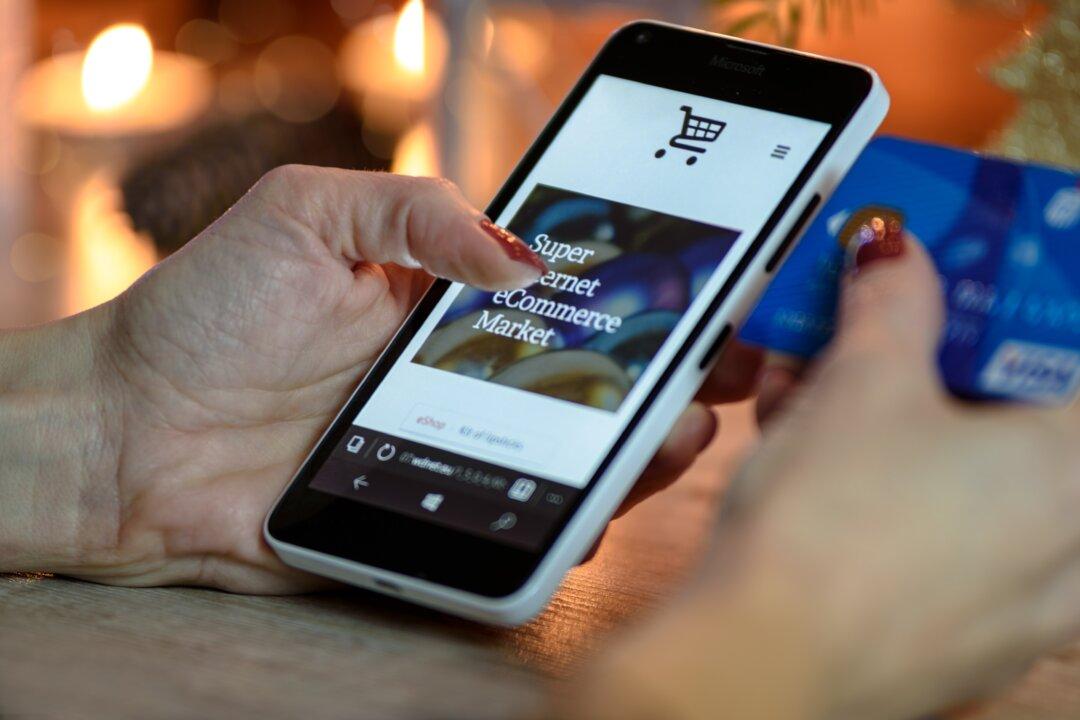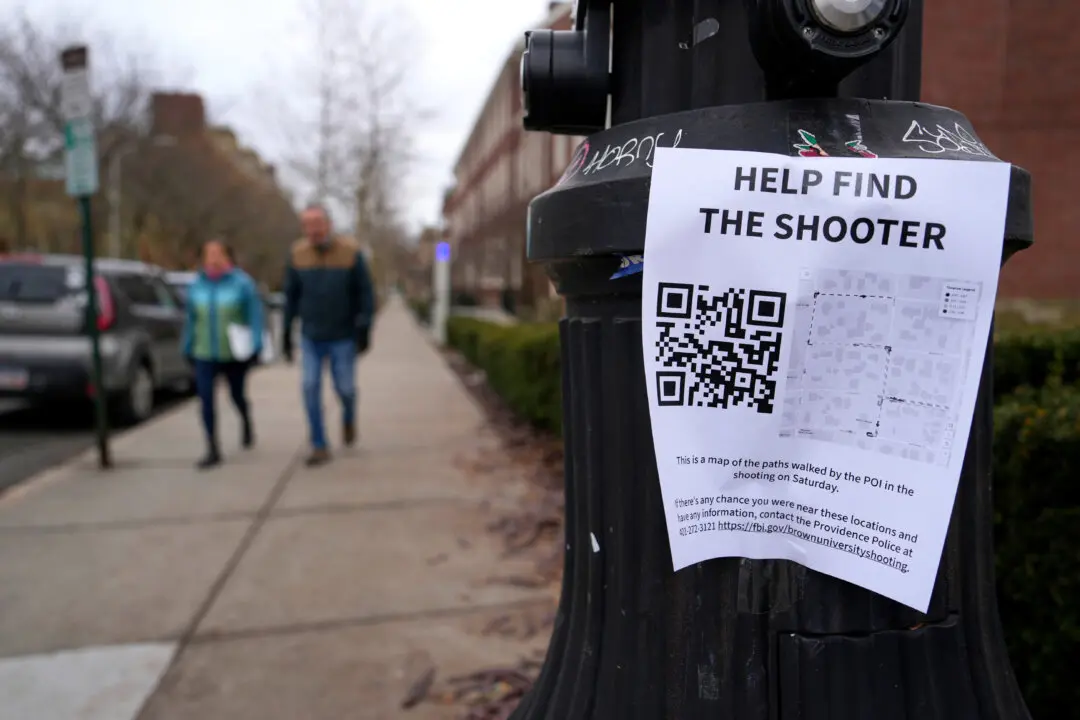When Ziwei Cong bought some sweatpants that caught her eye during a livestream shopping event on social media, she was disappointed when they arrived and didn’t fit well.
“It’s very easy for me to become irrational during these kinds of shopping events,” says the assistant professor of marketing at Georgetown University’s McDonough School of Business. She adds that the hosts can be very persuasive and hook you with limited-time offers to trigger impulse purchases.






